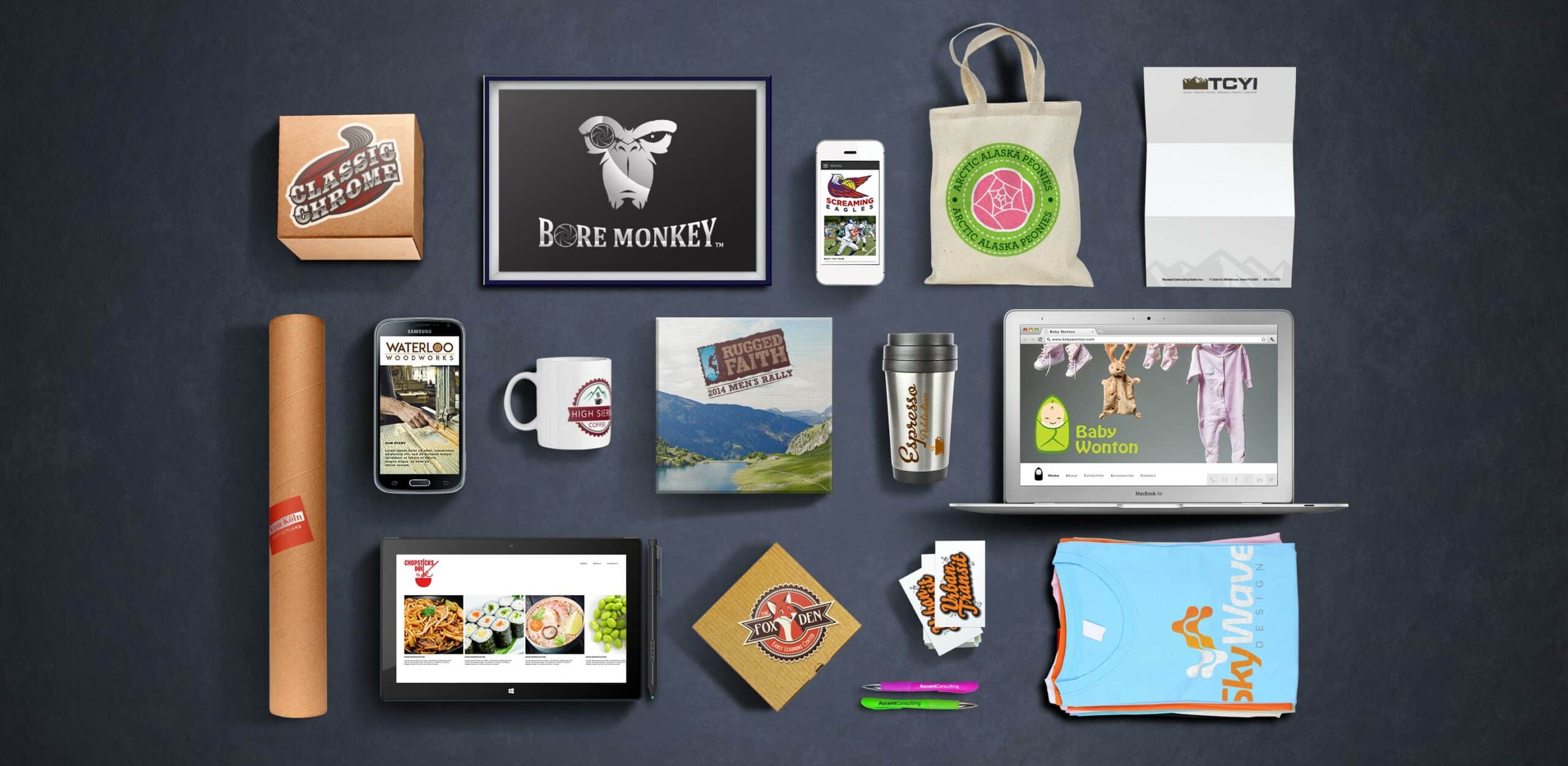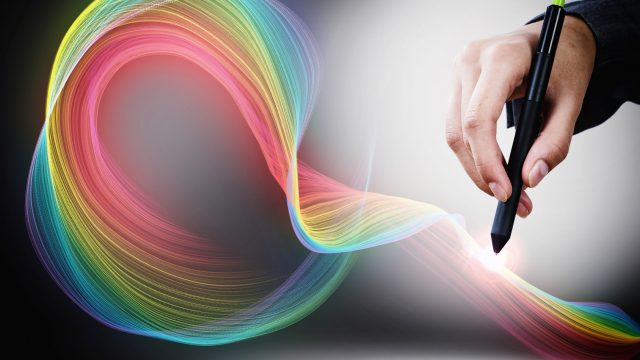Have you ever received a particularly clever “page not found” message?
Chances are, it made you smile a bit and decreased your annoyance at being unable to access what you were seeking. This customized message is an example of microinteraction, defined as a “contained…moment that revolves around a…use case.” While that definition is complex, think of this term as familiar feedback that evokes the right emotions.
Why Microinteraction Matters
Humans are hard-wired to seek reward. By integrating details into a website or app that await discovery, you build both surprise and reward into the interaction. In a very big way, microinteraction is design with psychology in mind. Here are five quick facts to know:
1. It’s Really Nothing New
While microinteraction is recently receiving a lot of attention in the UX realm, it’s a concept that’s been employed for decades. The sound your phone or tablet makes when it powers on or off is an audible example of a microinteraction.
2. It’s Been Described as the “Future of Design”
It doesn’t take a marketer to know that products should be easy to like. If your website or app is fun to use, people will want to continue using it. This fact is what drove Fast Company to name microinteraction the future, stating it’s a tool for making technology feel “delightful [and] humane.”
3. They’re Not Always Obvious
Remember the last time you went to cancel a subscription, and the workflow asked if you “were sure”? This helpful microinteraction protects against accidental cancellations. Often times, we don’t even notice microinteractions as they occur around us, and that’s okay.
4. Sarcasm Isn’t Always Beneficial
Microinteractions work best when they’re the product of research on a given brand’s consumers and users. For example, while one segment of the population may react incredibly well to sarcastic comments such as “well, that didn’t work, did it?”, others may find it tone deaf. Microinteractions must mirror human emotion to be effective.
5. They’re Incredibly Effective
Effective integration of microinteractions in website design, such as intuitive and helpful pop ups, can increase lead conversions by 1,000%. That’s an absolutely staggering impact when designers include small, interactive details that benefit users.
Practical applications of microinteractions for website designers can include buttons that include additional information when hovered over, or tailored language during site work flows. Websites and apps that contain an interactive “how to use” guide are also microinteractive. Whether it’s truly the future of design remains to be seen, but it’s clear there is positive impact in the here and now.




